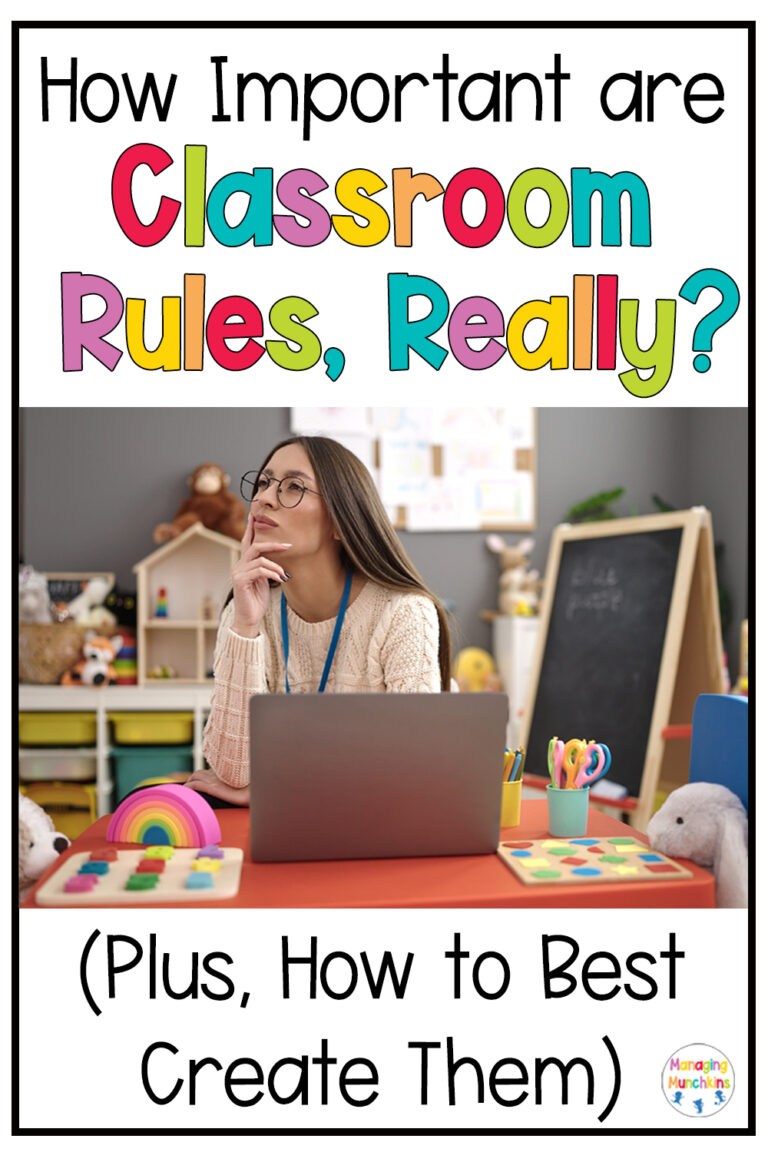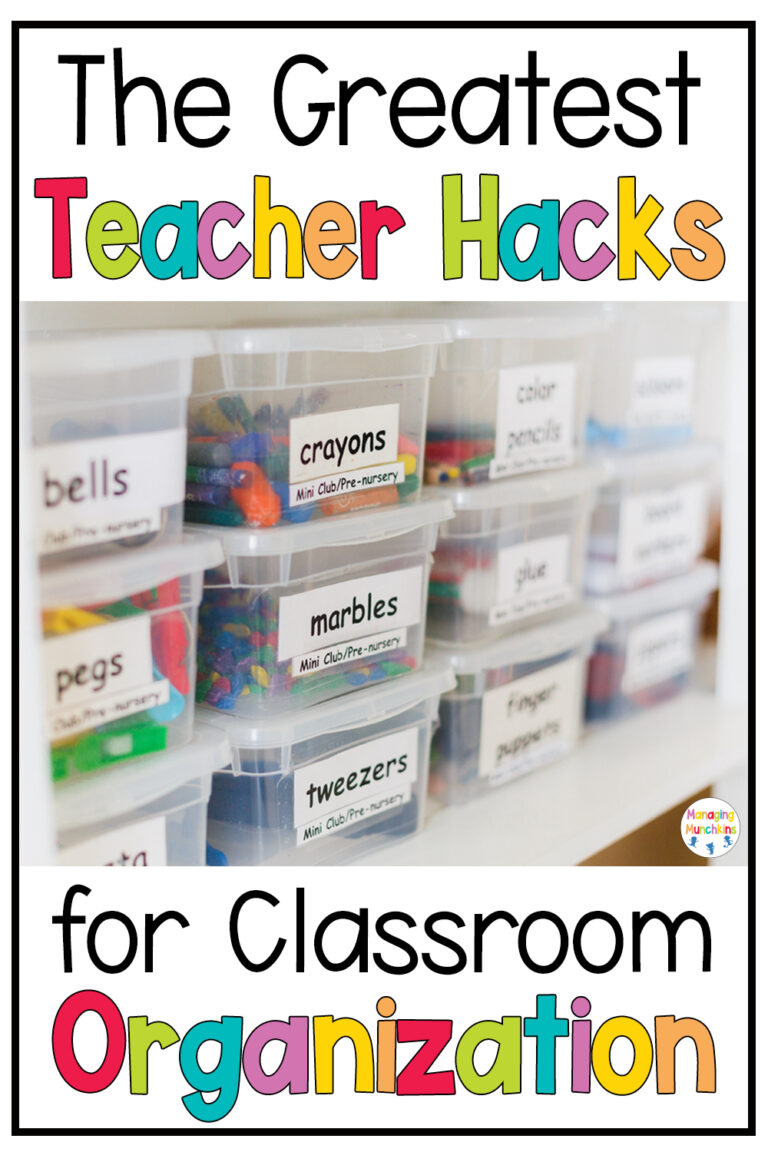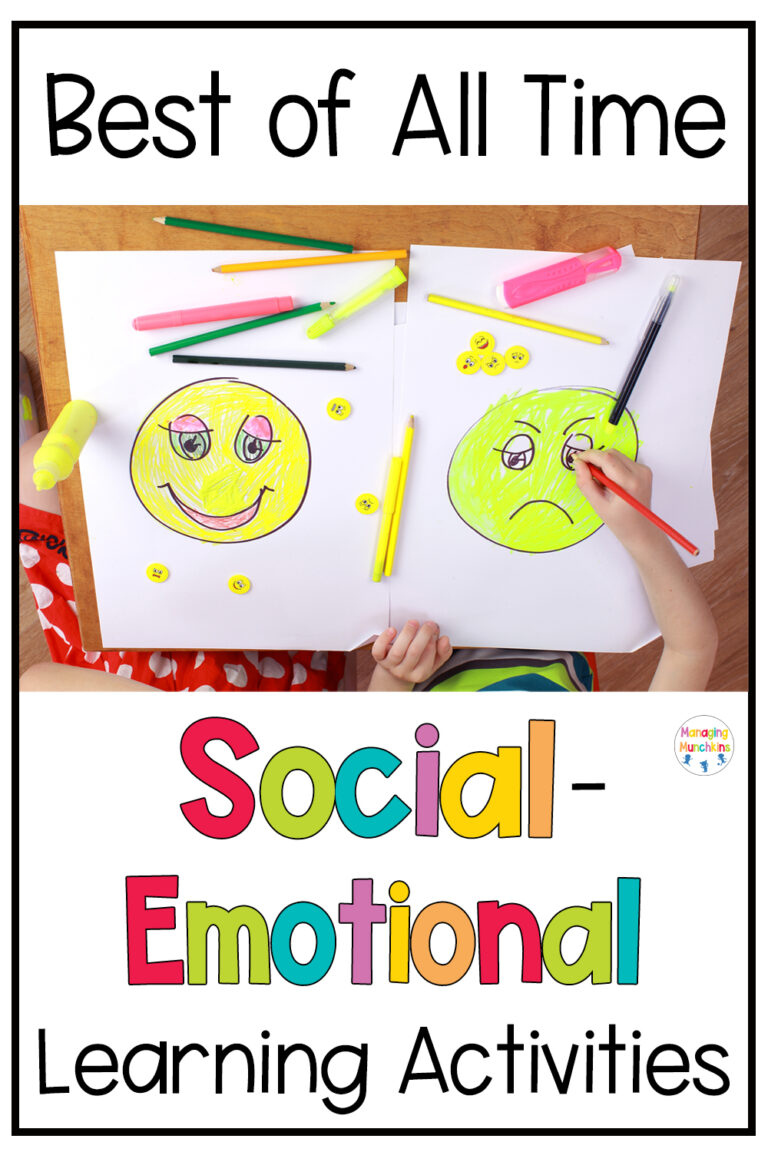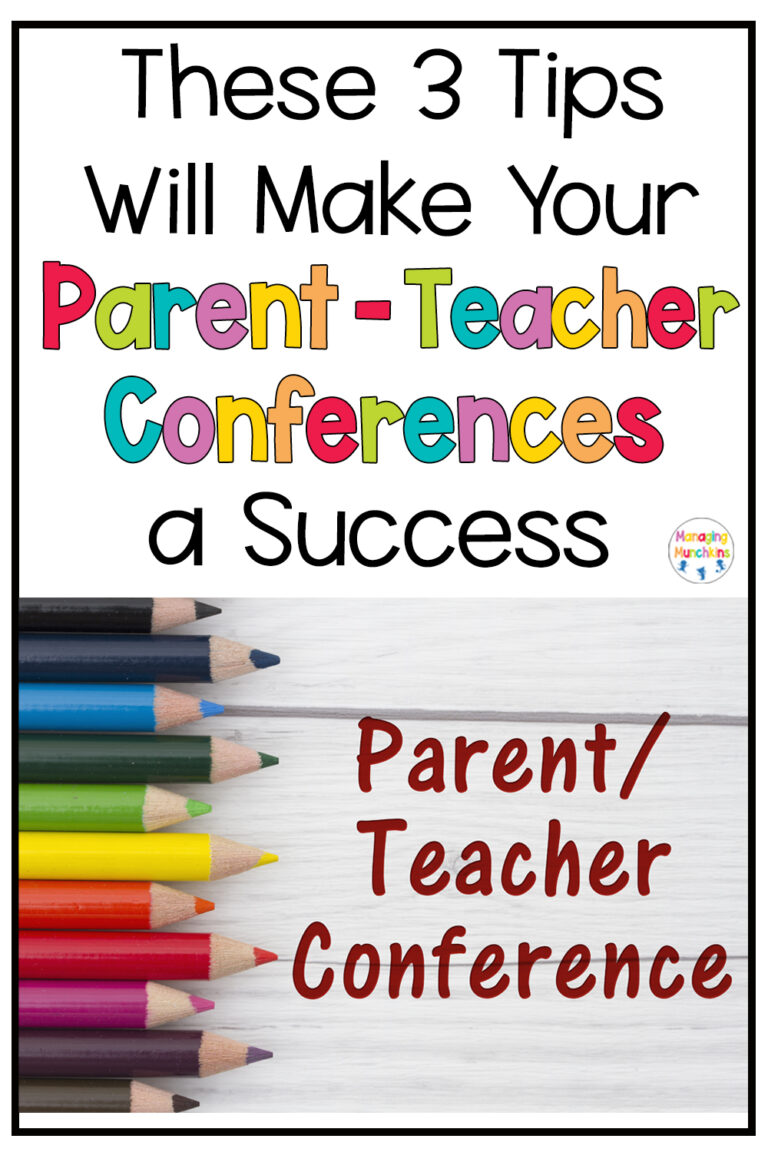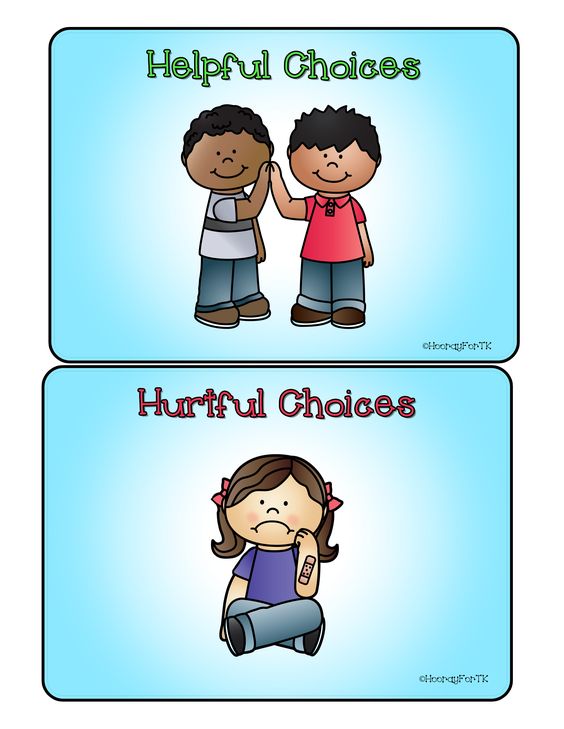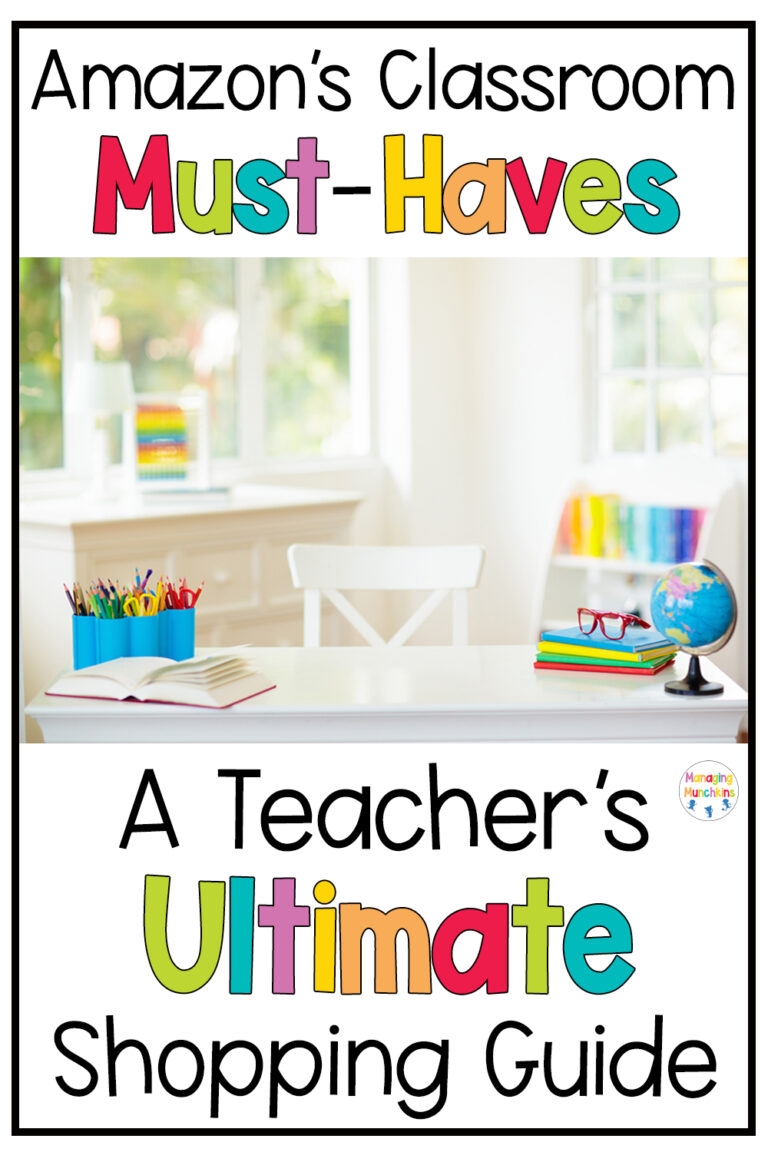Student Incentives that Actually Work (and Won’t Break the Bank!)
Hey there, teacher friend! I’m Katherine Barker, and today I’m excited to share my favorite student incentives to help encourage positive behavior in the classroom. The best part? These incentives are either completely free or super affordable—because let’s be real, teachers already spend enough out of pocket.
These go-to strategies are simple, effective, and won’t break the bank. Let’s dive into the three categories of student incentives you can start using right away.
Student Incentives that Actually Work (and Won’t Break the Bank!)
1. Student Incentives #1: Verbal and Nonverbal Praise
One of the easiest and most impactful incentives you can use is verbal and nonverbal praise. A simple “Great job!” or “I’m so proud of you” can mean the world—especially for students who are struggling behaviorally.
Nonverbal cues like a thumbs up, a high five, or just a smile and nod can also serve as powerful motivators.
Try This Trick in Your Classroom:
When lining up to head somewhere (like recess or the library), find one student who’s doing just one thing right—even if the rest are off-task. Then, enthusiastically call attention to that student:
“Wow! Look at Randy! He’s standing so straight, eyes forward, hands by his side—he’s ready to walk quietly. Amazing job, Randy!”
Watch what happens: the rest of your class will often instantly shift their behavior to match.
I’ve even used this at a TK orientation day, where I didn’t know any of the students’ names. I picked one child who was sitting and listening during storytime and said:
“My friend in the red shirt—what a great listener! Sitting crisscross, hands in her lap, eyes forward… wow!”
Suddenly, the entire group shifted. They all mimicked her behavior. Even the parents laughed, amazed by how one bit of praise transformed the group.
Cost? Absolutely free. Effectiveness? Incredible.
2. Student Incentive #2: Privilege-Based Incentives
This next category involves special privileges as rewards for positive behavior. These are meaningful because they feel unique and special—but they still cost you little to nothing.
Examples of Privilege-Based Incentives:
- Access to a special activity board (pick a preferred activity during free time)
- Becoming the “Teacher’s Helper” for the day
- Choosing flexible seating (sit, stand, or lie down—within reason!)
- Enjoying lunch or snack with the teacher
These work especially well for students who may be attention-seeking or lack connection at home. A little TLC and one-on-one time with you can go a long way. I often use these for students with targeted behavior plans—and they work wonders.
Want to learn more about what to do when a behavior plan isn’t working? Check out my video:
“Let’s Talk About Student Behavior Plans: Why They Fail and How to Fix Them.”
3. Student Incentives #3: Tangible Rewards
Tangible reinforcers are small, physical items students can earn for good behavior. These are perfect for treasure boxes, token systems, or reward menus.
My Favorite Budget-Friendly Tangibles:
- Pencils or erasers
- Stickers and small toys
- Bracelets or washable tattoos
- Medals or certificates
You can find amazing deals at the Dollar Tree. One year, my students were obsessed with unicorns, so I picked up a pack of 10 unicorn rings for just a dollar. That one small purchase made a big impact.
I also ask parents to donate to the class treasure box. They often have extra Happy Meal toys or small trinkets lying around. I let them know (via email or back-to-school night) that we’re accepting donations—just no food, please!
Pro tip: At back-to-school night, I hang a little “Giving Tree” with apple-shaped die-cuts, each labeled with an item for the treasure box. Parents love picking one to help out!
Final Thoughts
These low-cost and no-cost incentives are incredibly powerful tools that can boost student motivation and reinforce positive behavior—without draining your wallet.
Whether it’s a simple word of praise, a privilege like lunch with the teacher, or a shiny new pencil, these strategies truly work.
Don’t forget to check out my video,
“Let’s Talk About Student Behavior Plans: Why They Fail and How to Fix Them.”
Until next time, happy teaching, my friend!

